Driving in Washington has always come with its unique set of rules, reflecting the state’s commitment to safety, efficiency, and awareness of vulnerable road users. The year 2025 is a pivotal one for motorists, especially in cities like Seattle, Spokane, Tacoma, Bellevue, and Vancouver, as updates to the Washington Traffic Rules are put into effect. Of particular significance is the clarification and enhancement concerning the right turn on red (RTOR) rule, a regulation that impacts both daily commuters and occasional drivers.
This comprehensive article explores the ins and outs of the right turn on red rule under the 2025 updates, addresses its implications across various Washington cities, provides important statistics and facts, and examines the broader context of road safety in the state. The aim is to inform drivers, pedestrians, transit users, and policymakers about what has changed, why these changes matter, and how everyone on the road can adapt to this new era of Washington traffic laws.
The Historical Context of Right Turn on Red
National Overview
The right turn on red rule became commonplace in the U.S. during the 1970s, initially as an effort to conserve energy during the oil crisis. Over the decades, the rule evolved from a fuel-saving measure into a standard practice, now a part of driving culture across most states.
Washington State’s Tradition
Washington has long followed the national standard, generally permitting drivers to make a right turn at a red traffic light after coming to a complete stop—unless signs explicitly prohibit the maneuver. This basic rule has applied across large metropolises such as Seattle and smaller communities like Pullman and Yakima, facilitating smoother traffic flow and reducing unnecessary delays at intersections.
The Rationale Behind the 2025 Updates
Rise in Pedestrian and Cyclist Collisions
Recent years have brought sobering revelations regarding safety on Washington’s roads. According to the Washington Traffic Safety Commission, traffic fatalities reached a 33-year high in 2023, with a particularly disturbing increase in incidents involving pedestrians and cyclists. Cities such as Seattle, Spokane, and Everett have seen a noticeable spike in such accidents at intersections, often occurring when vehicles turn right on red without adequately yielding to those in crosswalks.
Legislative Response
Lawmakers and city planners have responded with a series of proposals intended to protect vulnerable road users, resulting in the 2025 update to the state’s RTOR rules. The goal is to reduce injury and fatalities while maintaining manageable traffic flow for drivers.
Understanding the 2025 Right Turn on Red Rule
The Core Law
As of 2025, Washington law continues to permit right turns on red after a complete stop, unless a posted sign indicates otherwise. This statewide rule applies in cities such as Seattle, Spokane, Tacoma, Bellevue, Olympia, Vancouver, and Bellingham, as well as in rural intersections.
Mandatory Complete Stop
A critical clarification in the 2025 update is the emphasis on a full, complete stop at every red light before attempting a right turn. Drivers must stop behind the stop line or crosswalk, check for cross traffic, and yield to any pedestrians or cyclists in or approaching the intersection. Only when the way is clear and it is safe to do so should the turn be made.
Yielding to Vulnerable Road Users
The updated rule underscores the necessity to yield to vulnerable road users: pedestrians, cyclists, wheelchair users, and others not protected by a vehicle. A driver who fails to exercise due caution could now face higher penalties, especially if their negligence leads to injury or death. Penalties have been increased substantially in 2025 as part of a broader effort to discourage risky driving behavior.
Prohibition at Certain Locations
While the rules remain mostly uniform at the state level, certain Washington cities and counties are empowered to install “No Turn on Red” signs at intersections in areas of high pedestrian activity. Locations near schools, playgrounds, libraries, hospitals, and transit centers are particularly likely to carry such restrictions, reflecting concerns for the safety of children, seniors, and those frequently on foot.
Red Arrow Signals
The same set of requirements now clearly applies to red arrow signals. Drivers facing a red right-turn arrow must also stop fully and yield to cross traffic and pedestrians, and follow any posted signage.
Local Customizations: The Seattle Example
Seattle’s Intersection Policy
Seattle, Washington’s largest and most densely populated city, has gone a step further in strengthening protections. While the city still generally allows right turns on red after a full stop where no restrictions exist, the default policy for all new or modified signals is “No Turn on Red.” That means every time a traffic signal is updated or replaced, the intersection is evaluated for pedestrian and bicycle safety, and “No Turn on Red” becomes the standard unless proven otherwise.
Other Cities: Spokane, Tacoma, Bellevue
Cities like Spokane and Tacoma also continue to adapt the statewide rule to local circumstances. In high-traffic urban neighborhoods where pedestrian density is greater—such as Spokane’s downtown or Tacoma’s “Thea Foss Waterway” area—drivers may encounter new signage prohibiting RTOR maneuvers.
Bellevue, with its rapidly growing downtown corridor, features intersections with high pedestrian and cyclist counts, making the city more assertive about installing RTOR restrictions at key locations.
Proposed and Discussed Changes in Legislature
Recent legislative debate in Olympia focused on a statewide proposal that would prohibit right turns on red within 1,000 feet of specified facilities, including schools, libraries, hospitals, playgrounds, recreation centers, transit terminals, and senior centers. While this sweeping restriction has not yet been enacted as law, the discussion continues in 2025, and local governments retain the authority to implement it at their own discretion.
Why the Changes? The Statistical Imperative
Road Fatalities and Injuries
In 2023, Washington experienced over 800 traffic fatalities, of which a significant proportion involved vulnerable road users. In Seattle alone, there were more than 20 pedestrian fatalities and dozens of serious injuries associated with drivers turning right on red without yielding. Similar disturbing trends have been recorded in Tacoma and Spokane.
RTOR-Related Incidents
Data shows that between 2017 and 2021, there were almost 5,000 crashes in Washington statewide that involved at least one pedestrian or cyclist at intersections with traffic signals. Approximately 1,400 of these incidents involved vehicles turning right, indicating that these intersections are prime areas of concern for safety policy.
Penalties for Non-Compliance
Harsher Consequences in 2025
Drivers who fail to come to a complete stop or neglect to yield the right of way before turning right on red now face stricter repercussions. The 2025 rules feature elevated fines and the possibility of license suspension, especially in cases involving harm to a pedestrian or cyclist. Repeat offenders may be required to attend traffic school or perform community service. In severe cases, such as those resulting in death or serious injury, fines can reach thousands of dollars and include possible jail time.
The Impact on Washington’s Cities
Seattle: Leading the Charge
Seattle’s “Vision Zero” policy, aiming for zero traffic deaths by 2030, aligns strongly with the updated RTOR regulations. Neighborhoods like Capitol Hill, Belltown, and the University District, which see high pedestrian traffic, have been prioritized for “No Turn on Red” signage and intersection reconfigurations.
Spokane and Tacoma
Spokane has implemented new educational campaigns targeting drivers in the downtown core, emphasizing the need to stop fully and yield while navigating busy signalized intersections. Tacoma has followed suit, especially around the city’s many schools and parks, enhancing crosswalk visibility and installing new traffic control devices.
Suburbs: Bellevue, Redmond, Kirkland
Suburban cities such as Bellevue and Redmond, known for large tech campuses and vibrant town centers, are also seeing a rise in pedestrian and cyclist activity. This shift has required an adjustment in traffic management, with new restrictions on RTOR at intersections adjacent to transit centers and tech office complexes.
Voices from the Community
Drivers’ Perspectives
The updated law has sparked mixed reactions among motorists across the state. Some drivers in Olympia and Vancouver appreciate the reduced ambiguity and clearer expectations at intersections, while others in Everett and Yakima express frustration about perceived inconvenience and potential traffic delays.
Pedestrian and Cyclist Advocacy
Advocacy groups in Seattle, Tacoma, and Bellingham have praised the changes as essential steps in making city streets safer and more welcoming, particularly for those commuting on foot or by bicycle. Community organizations have cited international comparisons, pointing to European cities with similar policies yielding lower rates of pedestrian injuries.
Frequently Asked Questions
Is turning right on red still legal everywhere in Washington?
No. While the basic rule—allowing right turns on red after a full stop—still applies statewide, many intersections post signs prohibiting such turns. In cities like Seattle, “No Turn on Red” is becoming a default at new or updated signals, and near sensitive areas such as schools or hospitals.
What happens if I turn right on red without stopping?
You could face a hefty fine, points on your driving record, or even license suspension if your negligence leads to an accident. In cases involving injury to pedestrians or cyclists, penalties are even more severe.
Are there exceptions for emergency vehicles?
As before, emergency vehicles responding to calls are permitted to proceed through red lights and may make right turns as necessary, provided road conditions permit and it is safe to do so.
Tips for Safe Right Turns on Red in 2025
-
Always come to a complete stop, regardless of traffic conditions.
-
Check carefully for pedestrians and cyclists, especially in city centers like Seattle, Spokane, and Bellevue.
-
Observe signage—respect “No Turn on Red” restrictions at posted intersections.
-
Yield the right-of-way to all road users in the crosswalk.
-
Proceed only when visibility is clear and there are no obstructions.
-
Be especially cautious near schools, hospitals, playgrounds, and transit centers.
The Broader Push for Vision Zero
Washington’s 2025 traffic rule updates are part of a larger “Vision Zero” approach embraced by many municipalities to eliminate traffic deaths and severe injuries. Seattle is a national leader in this regard, but Tacoma, Spokane, and Bellevue are making significant strides as well. The emphasis is on creating urban spaces where people of all ages and abilities can walk, bike, and move freely with minimal risk from motor vehicles.
Looking Ahead: Future Legislative Possibilities
Debate continues in Olympia regarding further tightening of RTOR restrictions at the state level. Proposals that would prohibit right turns on red within 1,000 feet of child-care centers, parks, libraries, transit hubs, and senior centers have influential supporters. As pedestrian volumes rise, particularly in up-and-coming neighborhoods in Renton, Kent, and Lynnwood, there is a strong likelihood that additional updates or pilot programs will appear in the coming years.
Conclusion
Washington’s 2025 update to the right turn on red rule is more than a small tweak to the state traffic code; it reflects a significant shift in how drivers, pedestrians, and cyclists coexist on roads from Everett to Vancouver. By clarifying the rules, raising penalties, and prioritizing safety at intersections, the state is taking meaningful steps to address a troubling rise in traffic injuries and deaths. Cities like Seattle and Bellevue are already adopting best practices that may become templates for the rest of the state.
Safe right turns on red are still possible in 2025, but only with patience, full stops, and an unwavering commitment to sharing Washington’s roads responsibly. Whether you are navigating the busy intersections of Seattle, commuting through Tacoma, or strolling through the waterfront parks of Spokane, the updated rules are there to protect everyone—and signal that prevention and precaution are Washington’s top traffic priorities in 2025 and beyond.

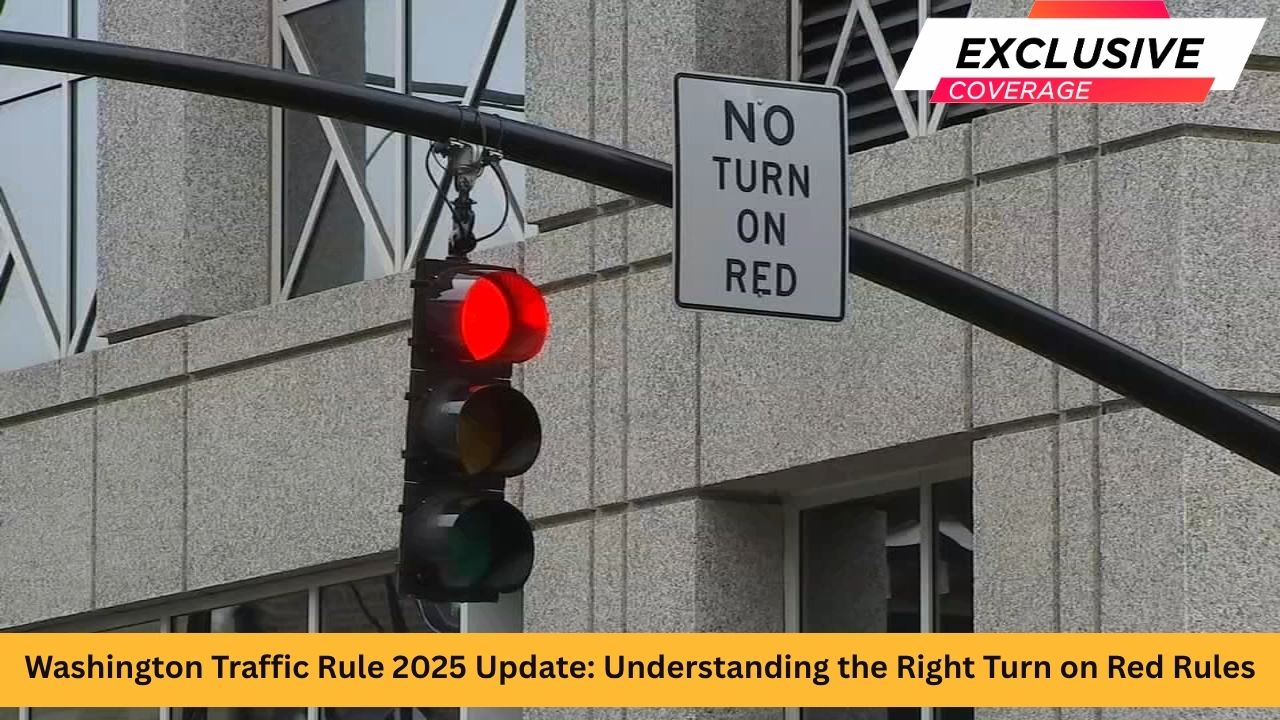

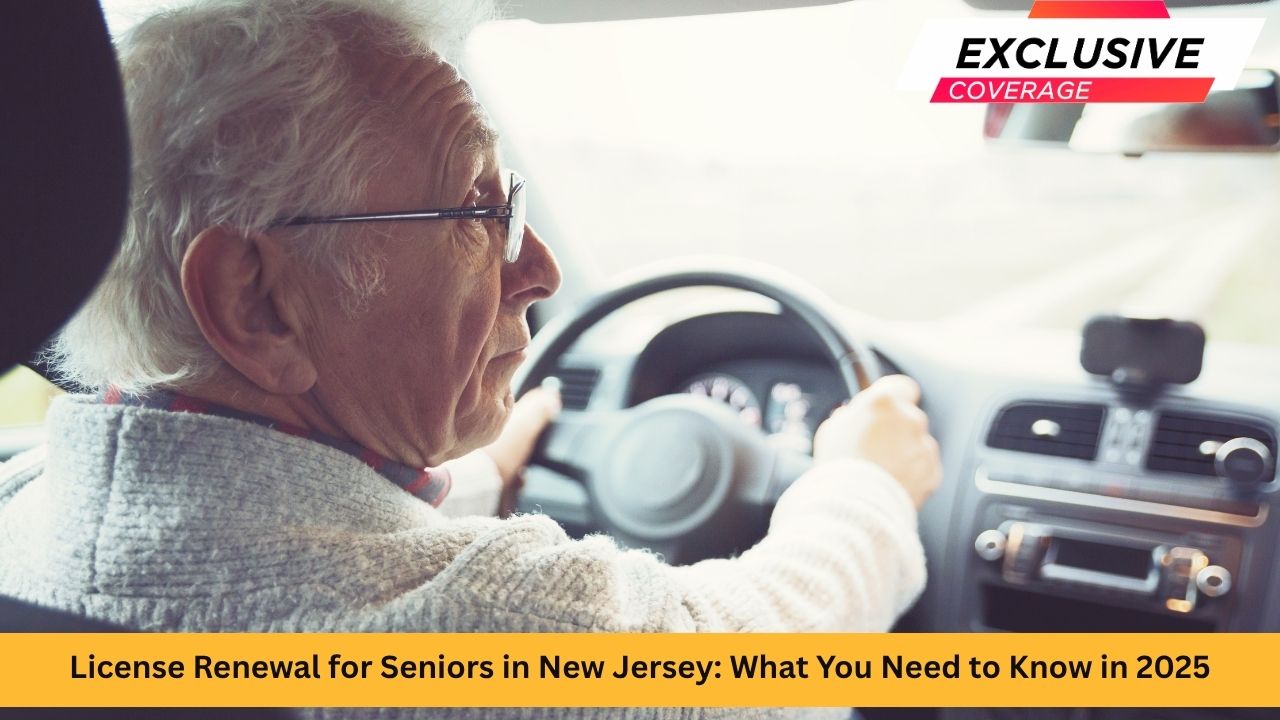
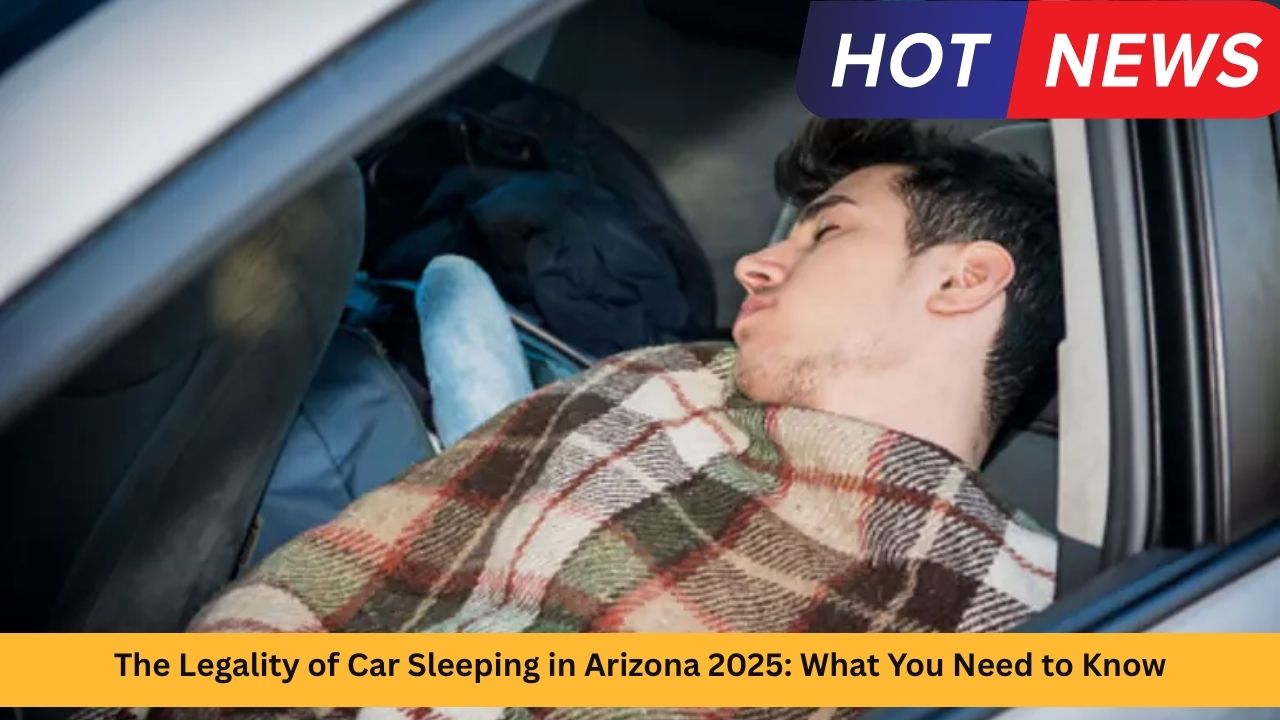

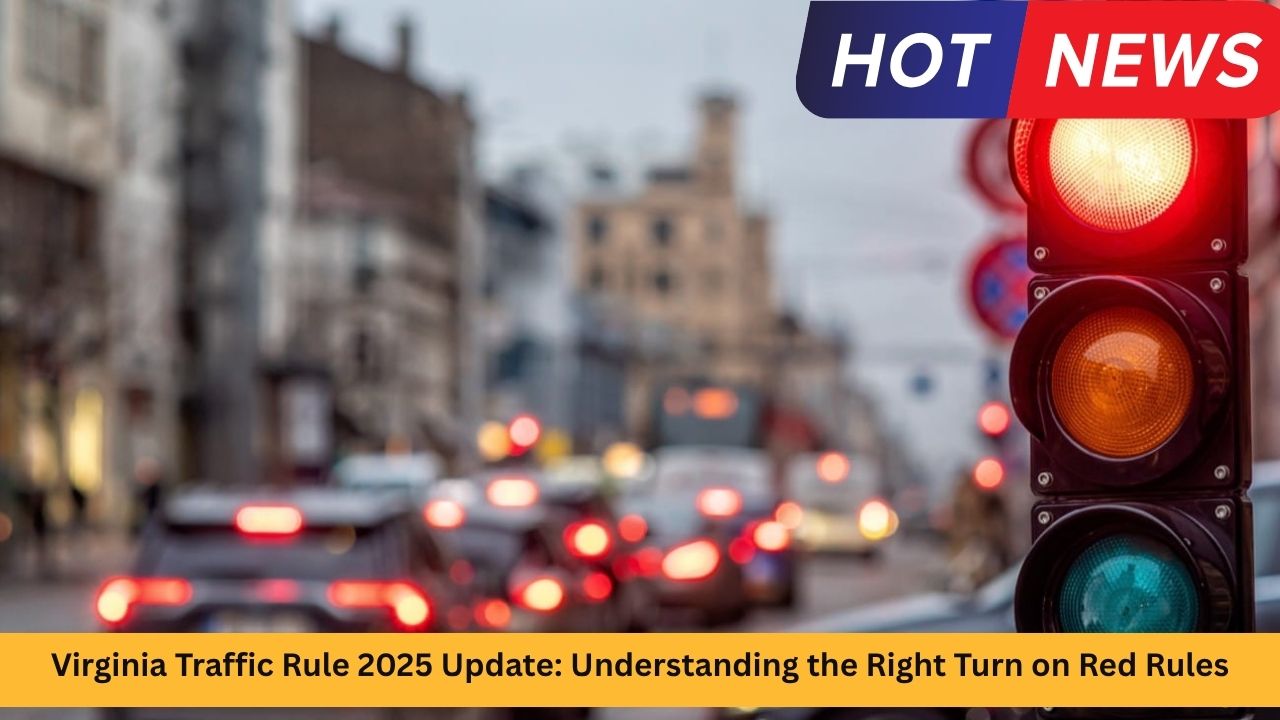

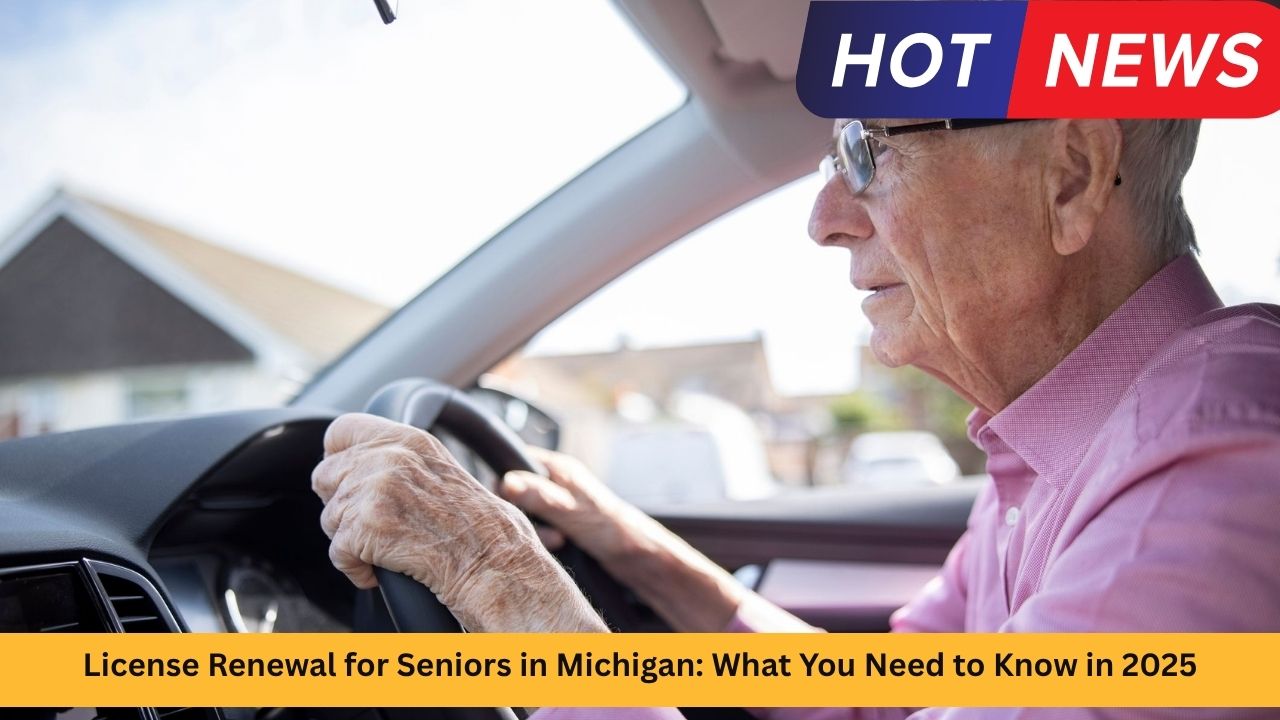




Leave a Reply